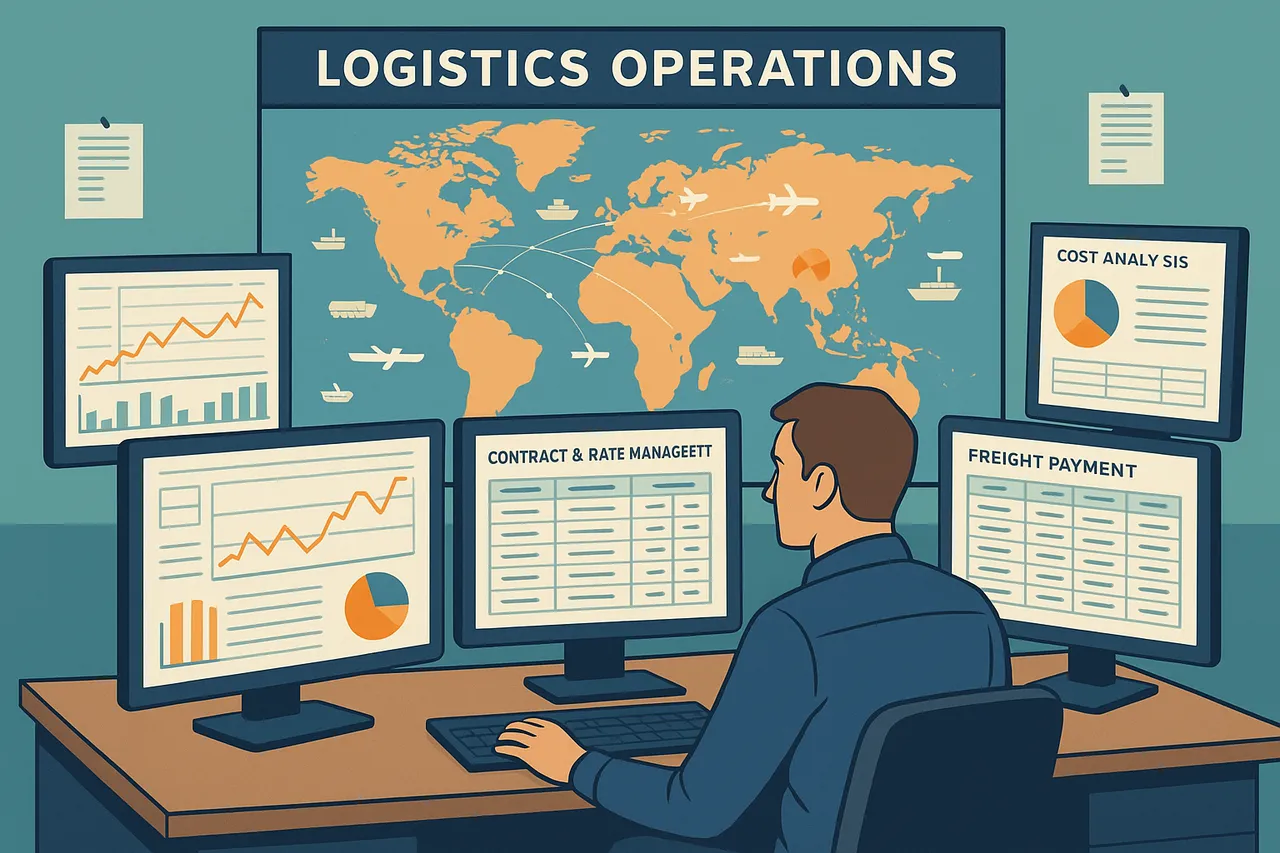In the fast-paced world of global logistics, managing costs and ensuring efficiency are crucial for success. One key strategy for achieving this is implementing a robust contract and rate management system. Such a system provides transparency, control, and efficiency—enabling companies to make informed decisions, optimize operations, and improve profitability.
The benefits of these systems are numerous. With real-time visibility into logistics operations and costs, companies can identify areas for savings, optimize routes, and negotiate better rates with carriers.
Contract negotiations and running a strong RFP program require large volumes of information. This includes past activity to prove your volume and intentions, as well as to project your impact over the upcoming contract period. Just as important, you need a reliable system to evaluate the proposals you receive from providers bidding for your business. You want to compare their offers, assess how well they align with your needs, and make the best possible decision. A unified system that integrates freight payment, contracts, and rates is essential.
Some key benefits of a unified system include:
- Enhanced cost management: Accurate budgeting and forecasting, along with real-time visibility into operations and costs
- Improved efficiency: Contract and rate data seamlessly feeding into your freight payment program—whether managed internally or through an external provider
- Better decision-making: Data analysis to pinpoint cost-saving opportunities and drive optimization
To get the most out of these systems, consider best practices such as:
- Implementing a centralized platform for freight payment, contract, and rate management
- Automating freight invoice audits and payment processes
- Providing real-time visibility into logistics operations and costs
- Analyzing data to identify areas for savings and efficiency
- Regularly reviewing and updating contracts to ensure compliance and optimal terms
In summary, a well-integrated program can deliver a strong return on investment—reducing transportation costs and strengthening relationships with carriers and forwarders.
By following these best practices and leveraging the power of a contract and rate management system, companies can stay ahead of the competition and succeed in the complex world of global logistics.





